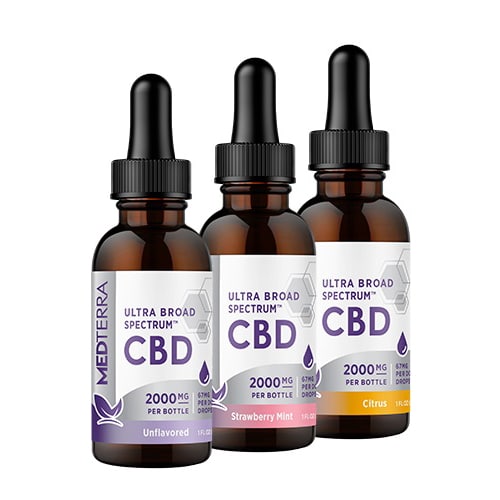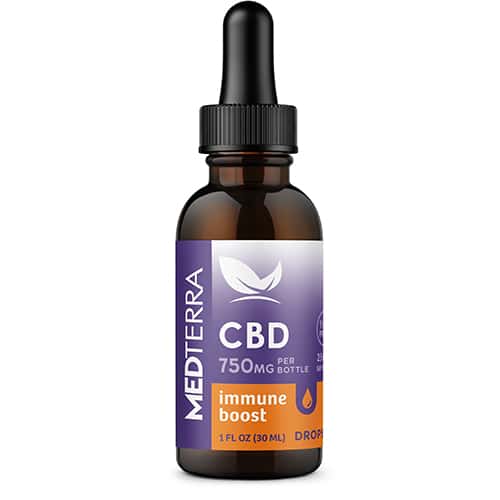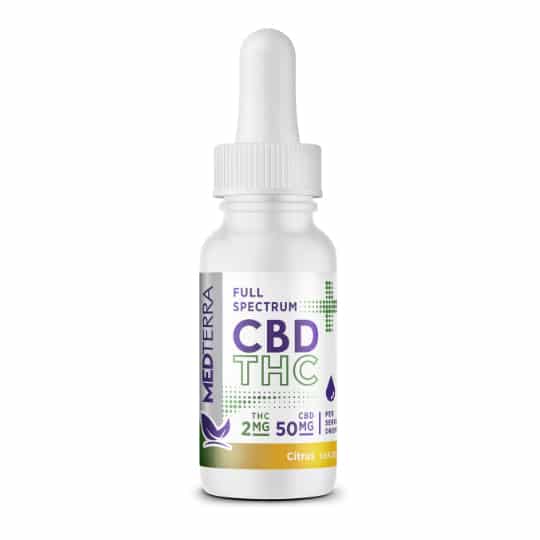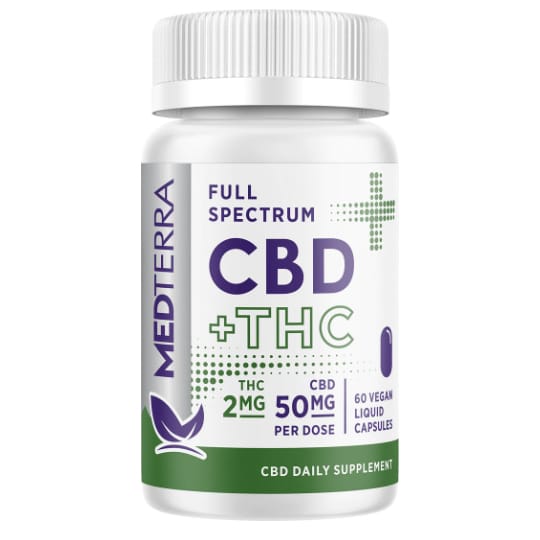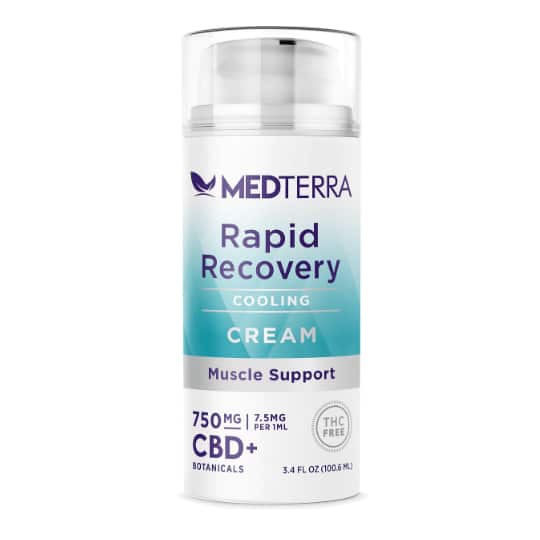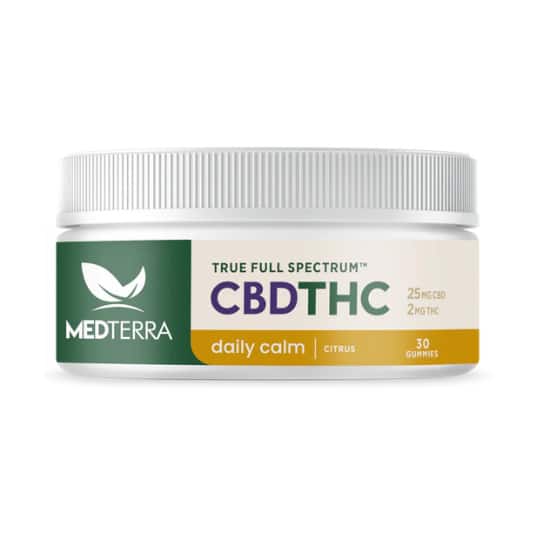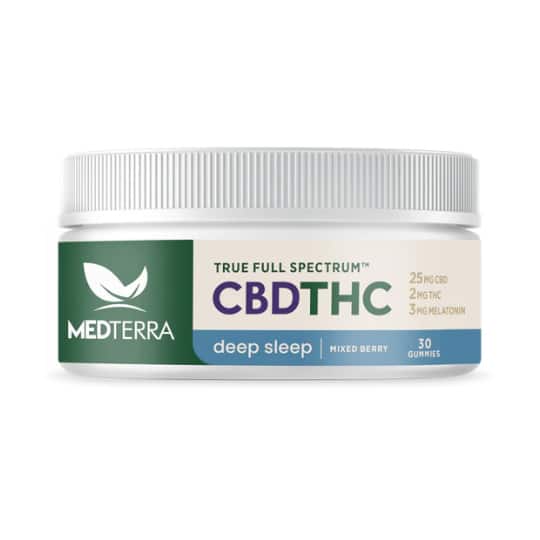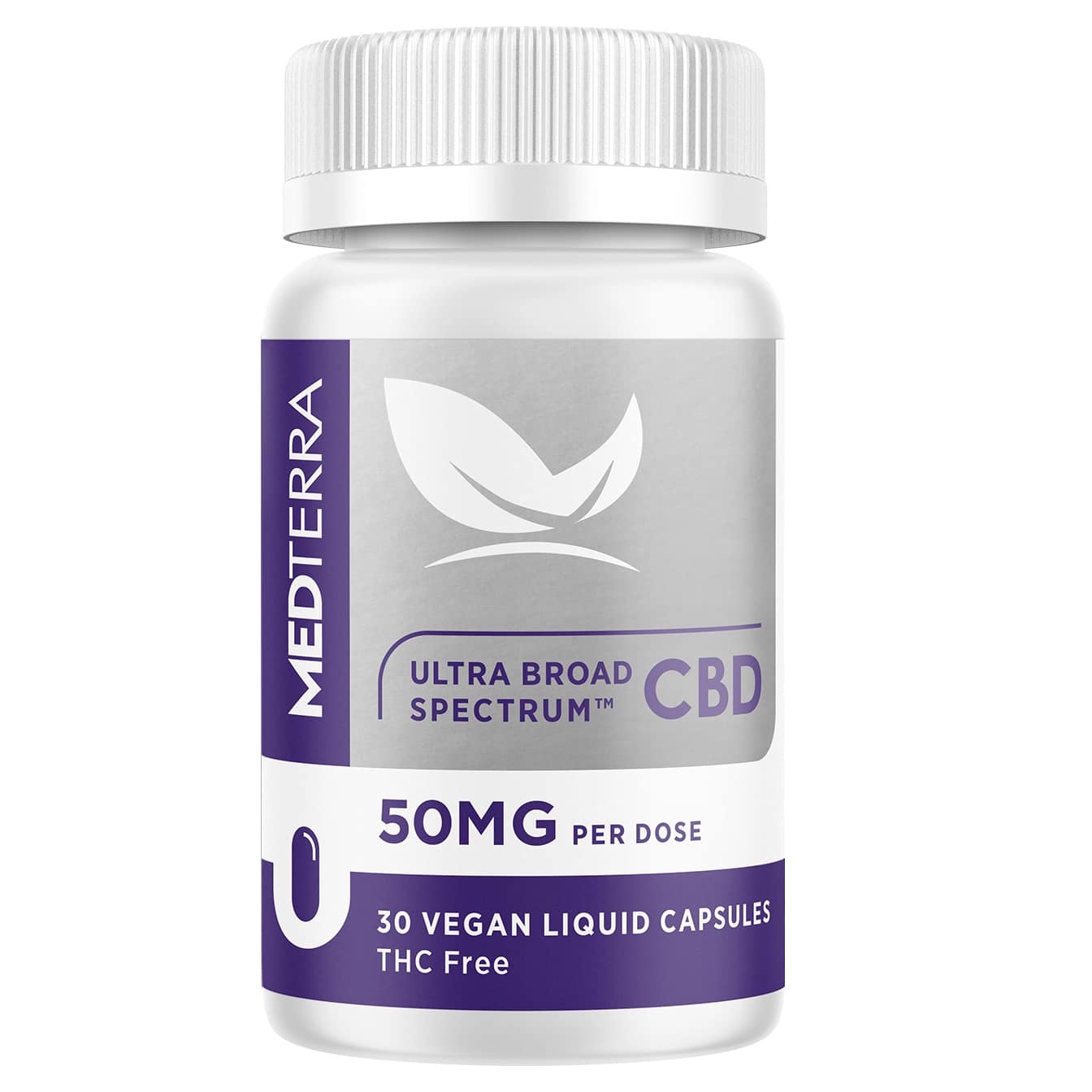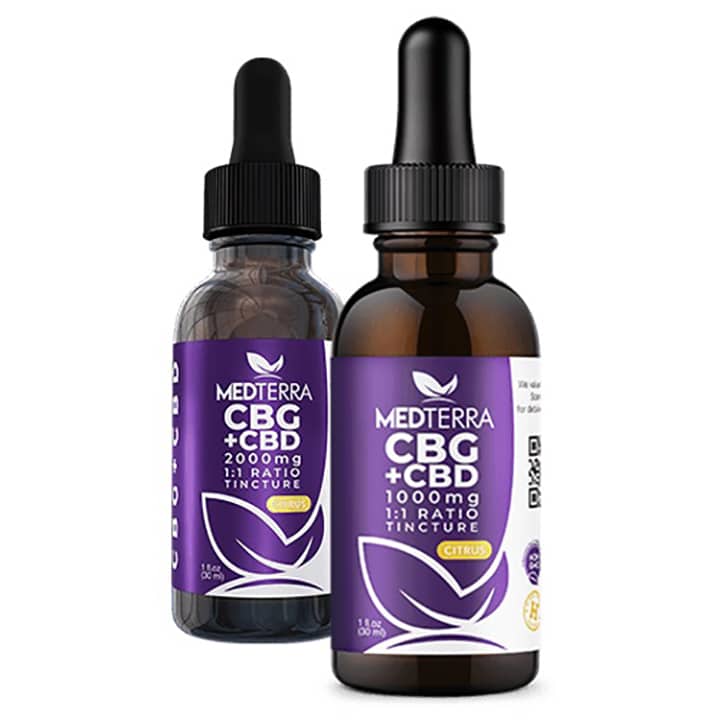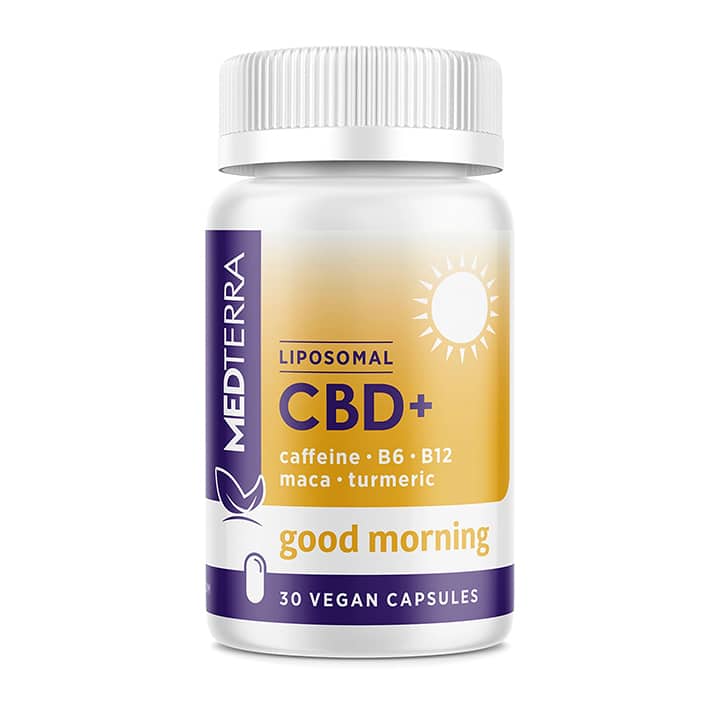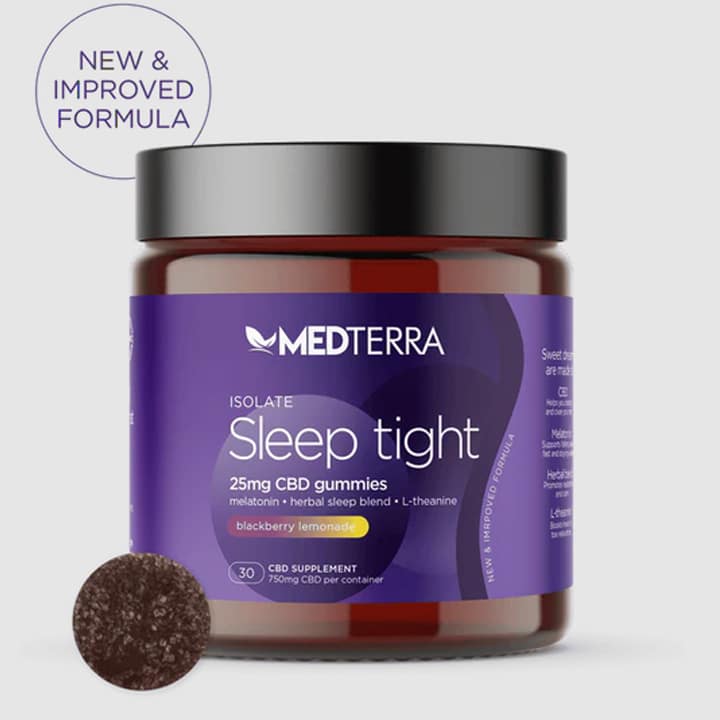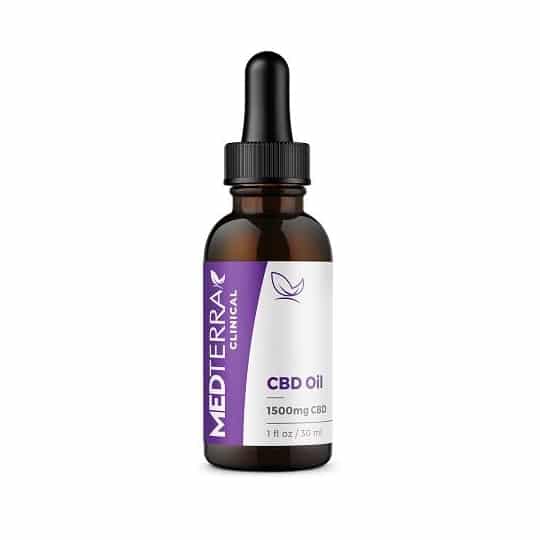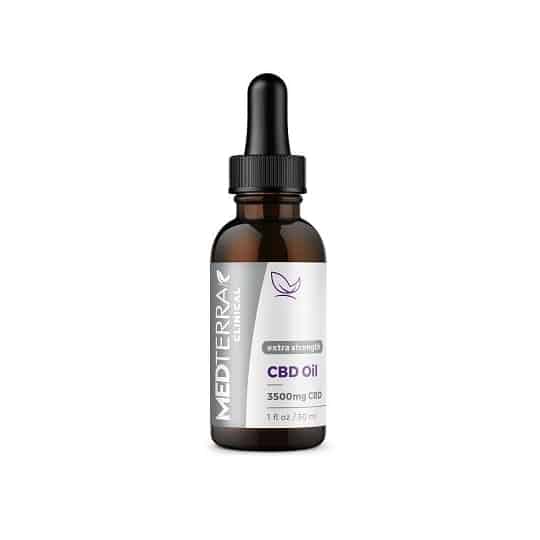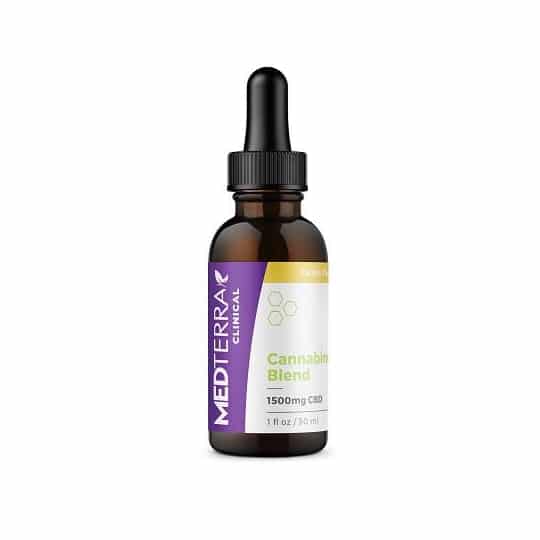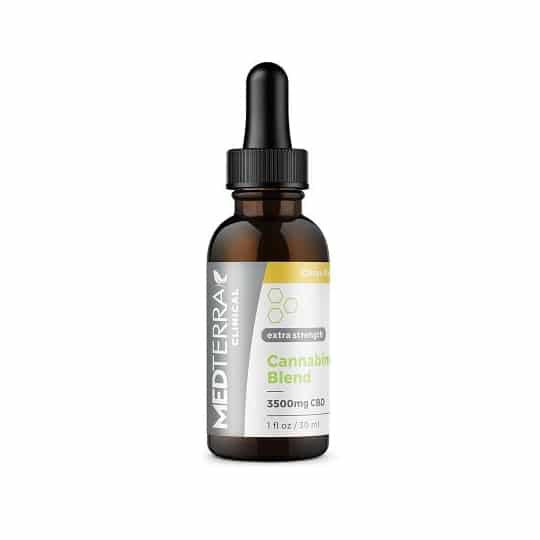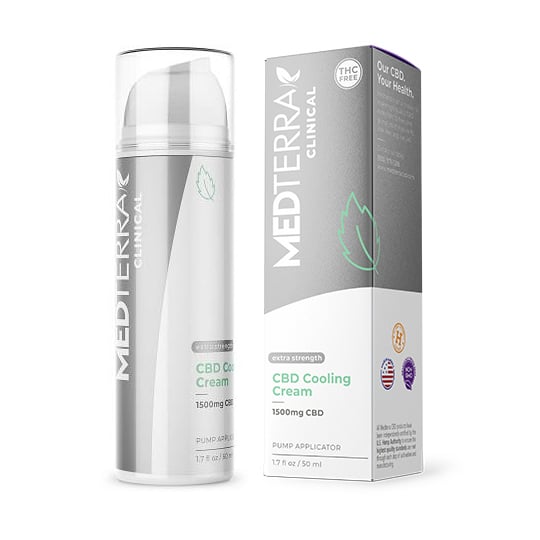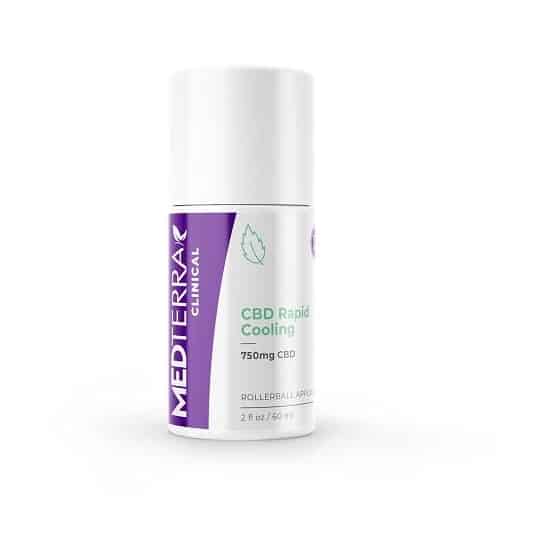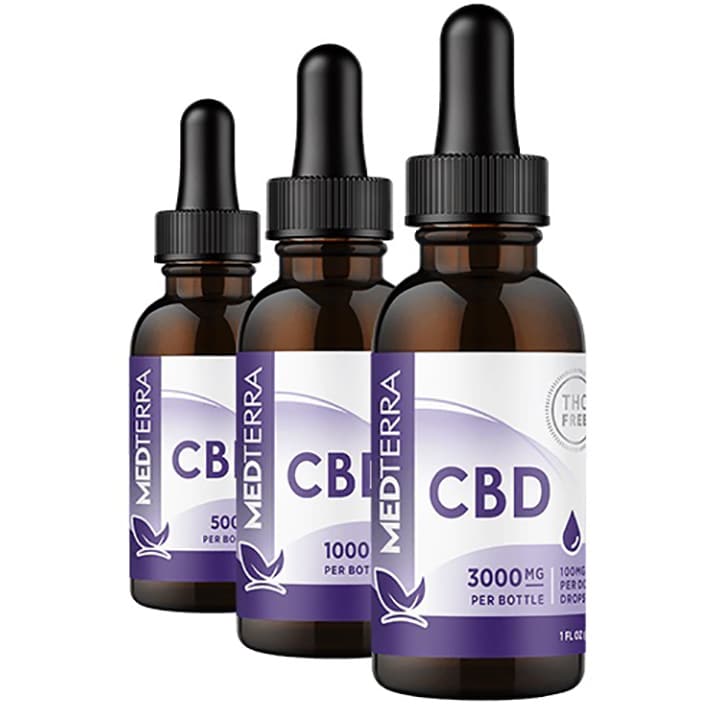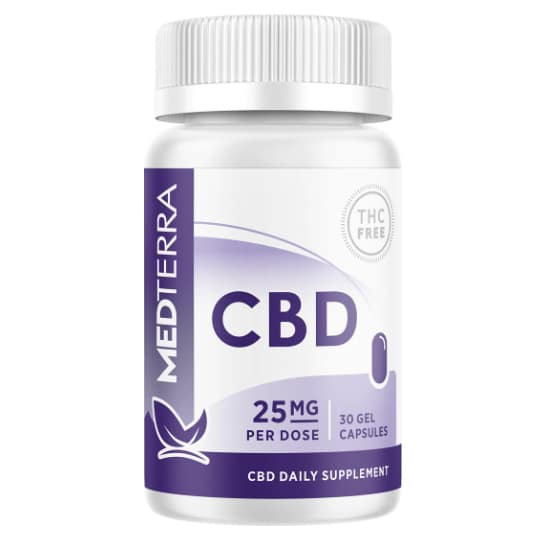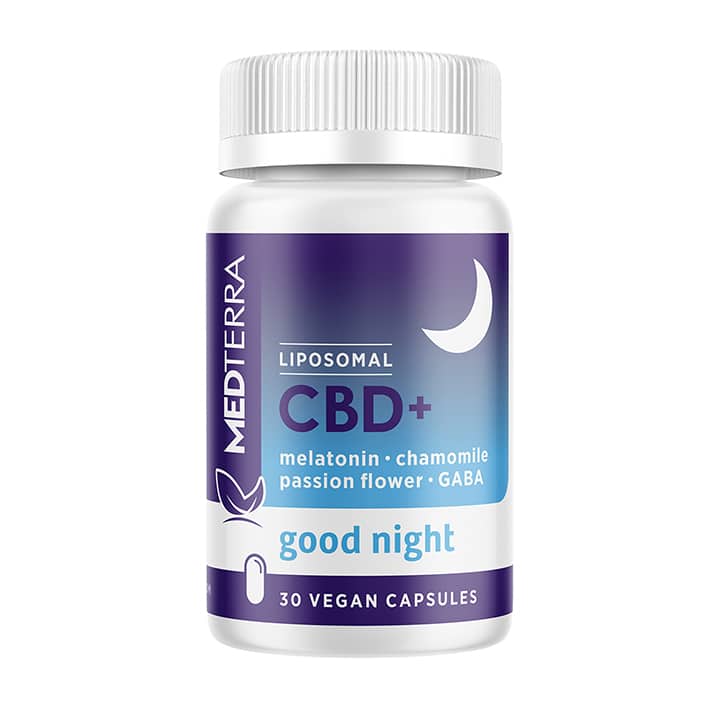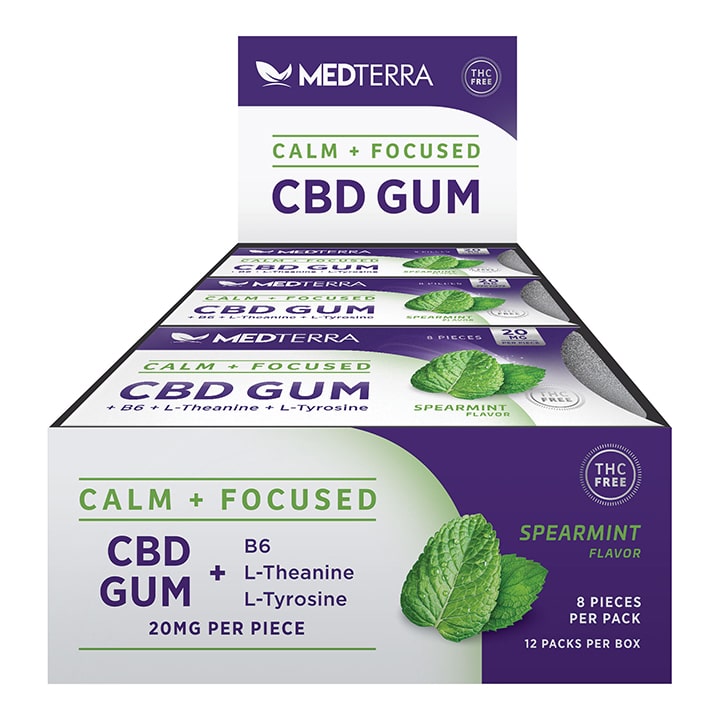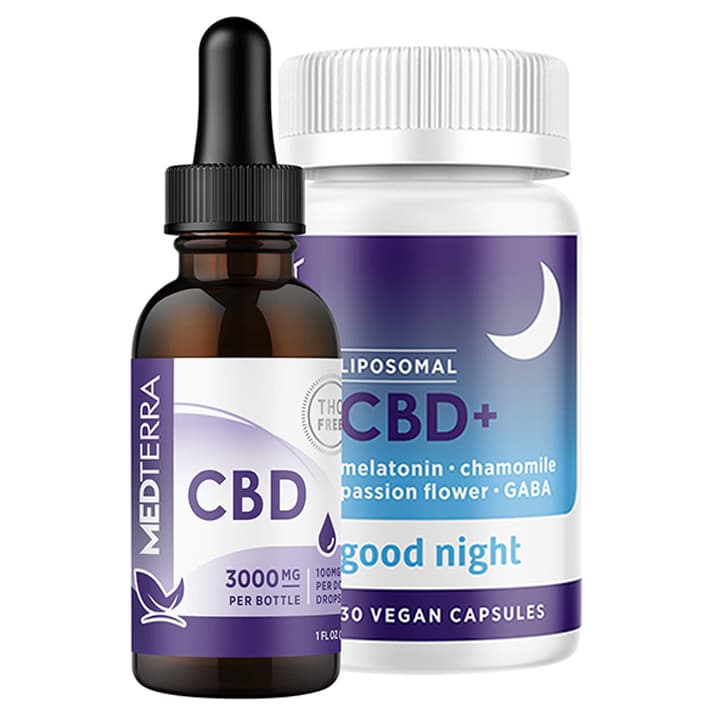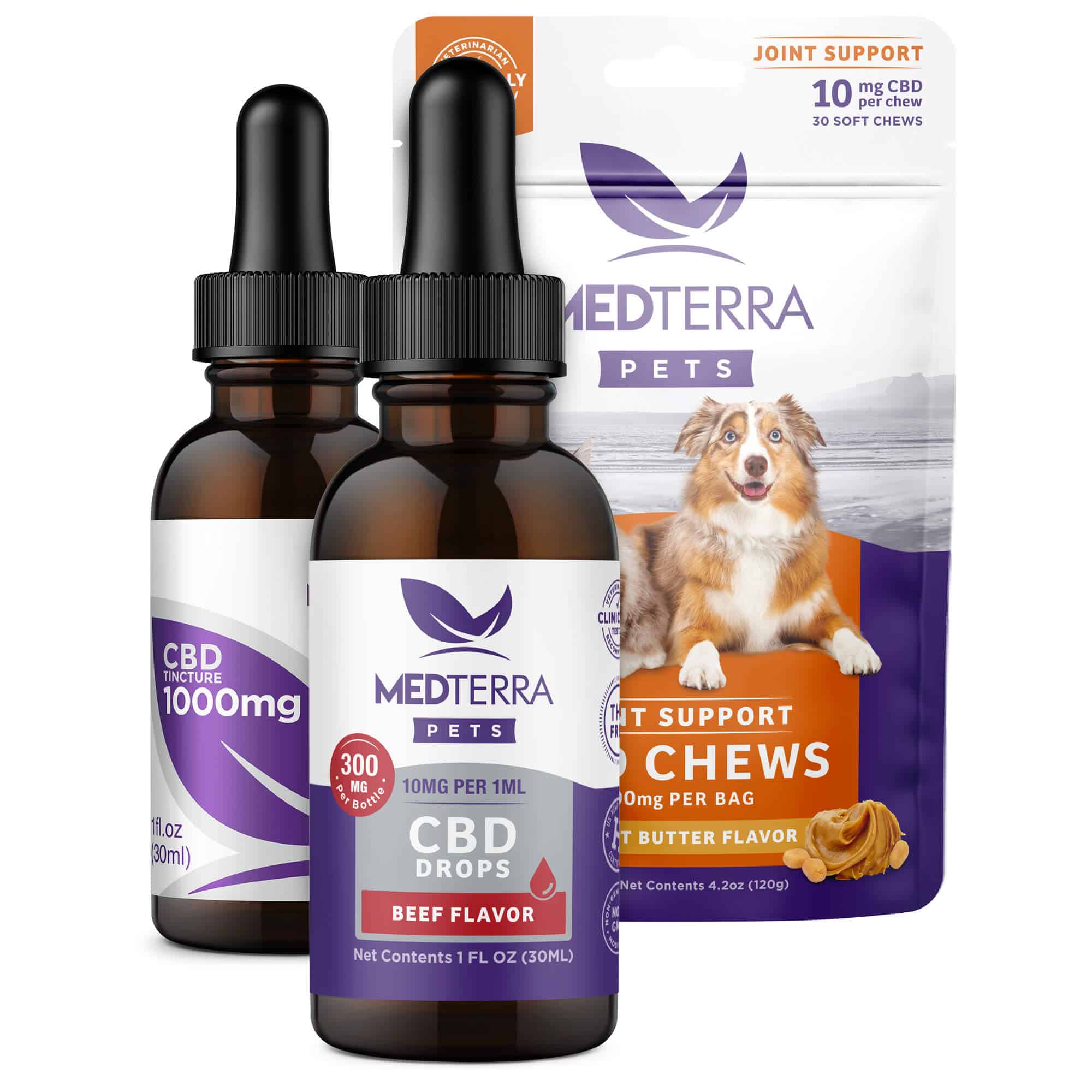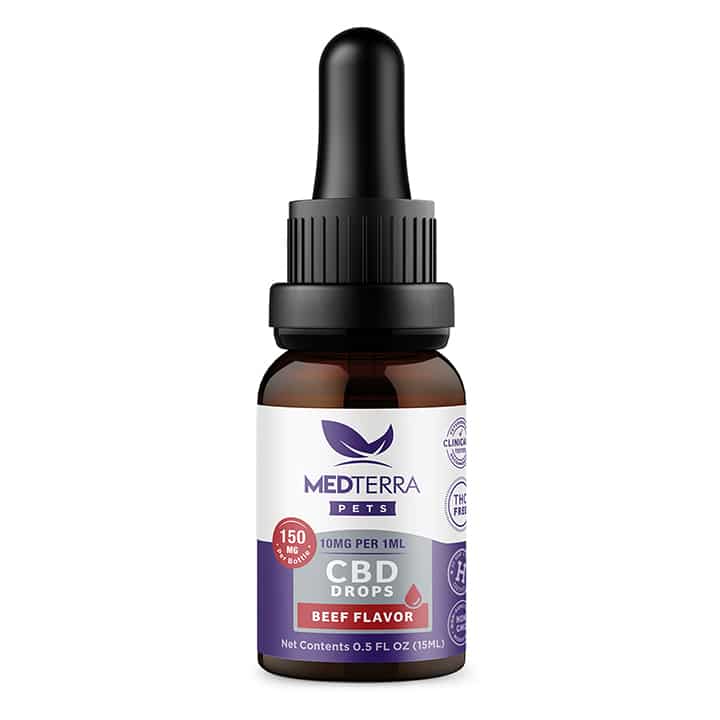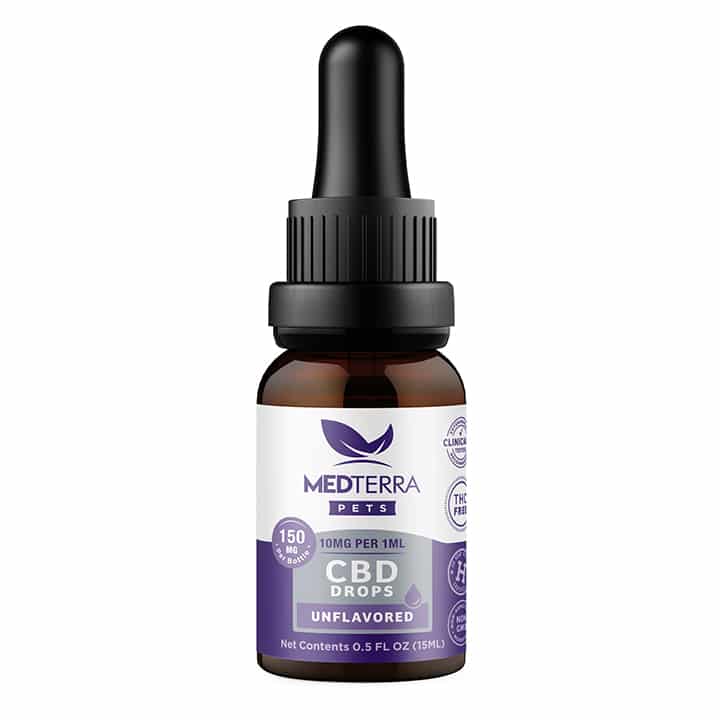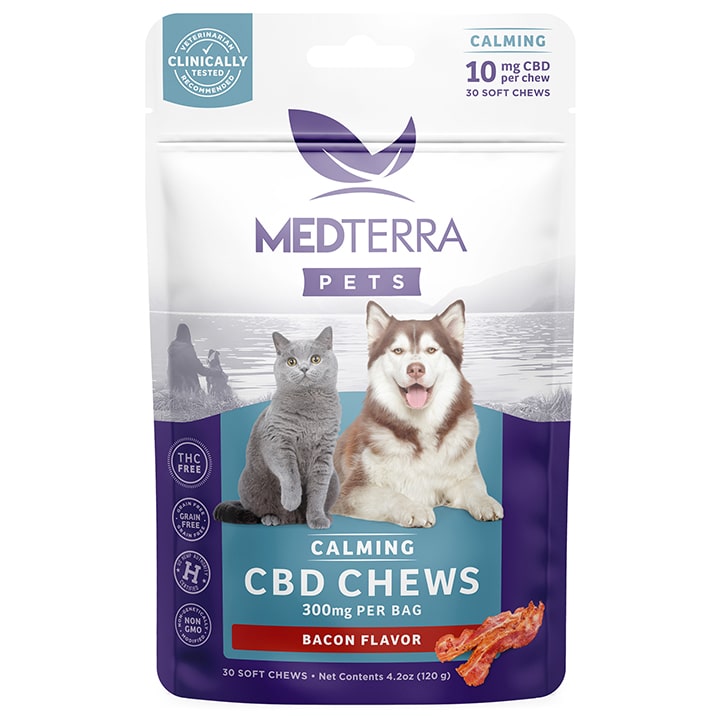
Medterra CBD Products
Buy Now – Medterra’s CBD Products at Healthcare DME | Michigan USA
Made with 99% pure CBD, Medterra’s products are guaranteed to be THC free CBD / Pain Relief & Immune Boost and also we shipped for Michigan to all 50 states in USA and most international countries.
99% Pure CBD | THC FREE | 100% NATURAL
The U.S. Hemp Authority™ Certification Program is Medterra industry’s initiative to provide high standards, best practices and self-regulation, giving confidence to consumers and law enforcement that hemp products are safe, and legal. We’re proud to be U.S. Hemp Authority™ Certified in an effort to provide our customers the highest-quality CBD / Pain Relief & Immune Boost and customer service.
Maybe you’ve been considering taking cannabidiol (CBD)
See if it eases symptoms of chronic pain, anxiety, or another condition. But reading and understanding CBD product labels can be overwhelming, especially if you’re new to CBD.
Understanding CBD labels is made even more complicated by the fact that the Food and Drug Administration (FDA)Trusted Source hasn’t approved any nonprescription CBD products.
Instead, it’s up to you, the consumer, to do your research or rely on third-party testing to determine if a CBD product is legit and what’s in it.
Cannabis basics: CBD vs. THC and hemp vs. marijuana
First, you need a rundown on cannabis vocabulary.
CBD vs. THC
CBD is a cannabinoid found in the cannabis plant. The more well-known cannabinoid, tetrahydrocannabinol (THC), is also found in the cannabis plant.
These two cannabinoids — CBD and THC — are very different. THC is psychoactive and is associated with the “high” from marijuana use, but CBD doesn’t cause that sensation.
Hemp vs. marijuana
Both hemp and marijuana are cannabis plants. The difference is that hemp plants have no more than 0.3 percent THC, and marijuana plants have higher levels of THC.
CBD is either hemp-derived or marijuana-derived.
Depending on where you live and the laws in your state or country, you may be able to buy both marijuana-derived and hemp-derived CBD products. Or you may have access to hemp-derived CBD products only — or no access to CBD products at all.
Knowing the difference between marijuana and hemp is important because marijuana-derived CBD products may cause some psychoactive effects, and the THC included in these products will show up on a drug test.
Hemp-derived CBD contains only trace amounts of THC — generally not enough to cause a high or register on a drug test, though it’s possible.
It’s important to keep in mind that CBD and THC are known to work better together than they do alone. This is known as the entourage effect.
Compounds, isolate, full-spectrum, or broad-spectrum: What’s the difference?
Your choice of CBD isolate, full-spectrum CBD, or broad-spectrum CBD will determine what you get in your product along with the actual CBD.
Full-spectrum CBD contains all of the naturally available compounds of the cannabis plant, including THC. However, in hemp-derived full-spectrum CBD, the THC will be no more than 0.3 percent at the dry weight. THC levels rise when the flowers are extracted into oil.
Broad-spectrum CBD has all of the naturally occurring compounds, except all of the THC—or all but a very tiny amount–is typically removed.
CBD isolate is the purest form of CBD, isolated from the other compounds of the hemp plant. CBD isolate should have no THC.
So, which should you choose? Some people prefer full-spectrum because they want the whole kit-and-caboodle of the cannabis plant’s benefits — with all the cannabinoids and other compounds working in synergy.
Others choose broad-spectrum because they want all the terpenes and flavonoids but no THC. Some people prefer CBD isolate because it’s tasteless and odorless, and they don’t want any other compounds included.
Cannabinoids, terpenes, and flavonoids
Now, about those compounds. What are they exactly? In addition to CBD and THC, the cannabis plant contains more than 100 cannabinoids, plus a whole bunch of other compounds called terpenes and flavonoids.
Cannabinoids go to work on your body’s endocannabinoid system. The endocannabinoid system helps keep the nervous system and immune function on an even keel.
Like cannabinoids, terpenes are another plant compound reported to have therapeutic and health-boosting benefits. And flavonoids, compounds also found in green tea and certain fruits, have been shown to protect against disease.
How to know what you’re getting or if you’re wasting your cash
Once you’ve made a decision about the type of product you’re looking for, you’ll want to check the ingredient label of the product in question.
Make sure the product actually has CBD or cannabidiol in it so that you’re not wasting your money. Keep in mind that some products will list CBD as hemp extract, which is a result of the ever-changing laws and regulations.
However, don’t be fooled by products that have no mention of cannabidiol or hemp extract and only list hemp seeds, hempseed oil, or Cannabis sativa seed oil. These ingredients aren’t the same as CBD.
Look at the ingredient list closely to make sure you aren’t allergic to anything.
If you’re buying a CBD oil, the product will likely include a carrier oil to stabilize and preserve the CBD and help your body absorb it. That’s why one of the main ingredients of the product may be grapeseed oil, MCT oil, olive oil, or even cold-pressed hempseed oil.
A CBD oil or an edible might also contain a natural or artificial flavoring or coloring.
If you’re buying a full-spectrum product, check the THC percentage to be sure it meets your needs.
If you’re buying a broad- or full-spectrum product, it may also list the cannabinoids and terpenes included, though these are often included in the certificate of analysis (COA), which we’ll tell you more about in the next section.
Understanding third-party testing of CBD products
A reputable CBD product will come with a COA. That means it’s been third-party tested by an outside laboratory that doesn’t have a stake in the product.
You may be able to access the COA while you shop by scanning the QR code on the product with your smartphone.
Many product websites or retailers also have the COA available. If it’s not, email the company and ask to see the COA. It might look like a bunch of gobbledygook at first, but you’re looking for a few key factors:
Labeling accuracy
First, double-check that the CBD and THC concentrations on the COA match what’s stated on the product label. Labeling inaccuracies are a common issue with CBD products.
One study revealed that only about 31 percent of products are accurately labeled. After analyzing 84 CBD products sold online, researchers found that with respect to CBD, about 43 percent have a higher concentration than stated, and about 26 percent have less than claimed.
Cannabinoid profile
If your product is full- or broad-spectrum, look for a list of cannabinoids and other compounds. Cannabinoids like cannabidiolic acid (CBDA), cannabinol (CBN), cannabigerol (CBG), and cannabichromene (CBC) should be on the list.
Additional lab charts
Look for heavy-metal and pesticide analyses, as well. You can determine if a certain contaminate is detected at all, and, if so, if it’s within a safe limit for ingestion. Check the status column of these charts and make sure it says “pass.”
How to determine CBD concentration and what’s in a serving
A lot of confusion can come into play when you’re trying to determine the amount of CBD in a product and how much you’re getting with a serving.
A number that’s often in larger print typically lists the amount of CBD in milligrams for the entire product, not the serving size or dose.
On CBD oil labels, look for the milligrams per milliliter (mg/mL) instead. That’s what determines the product’s concentration of CBD.
For example, if you have a bottle of 2,000 milligram (mg) CBD oil that’s 40 mg/mL, you’ll be able to measure out a milliliter, or a fraction of it if you prefer, using the included dropper.
Or you might have a package of CBD gummies that says 300 mg in big lettering. But if there are 30 gummies in the package, you’re getting just 10 mg per gummy.
CBD / Pain Relief & Immune Boost



